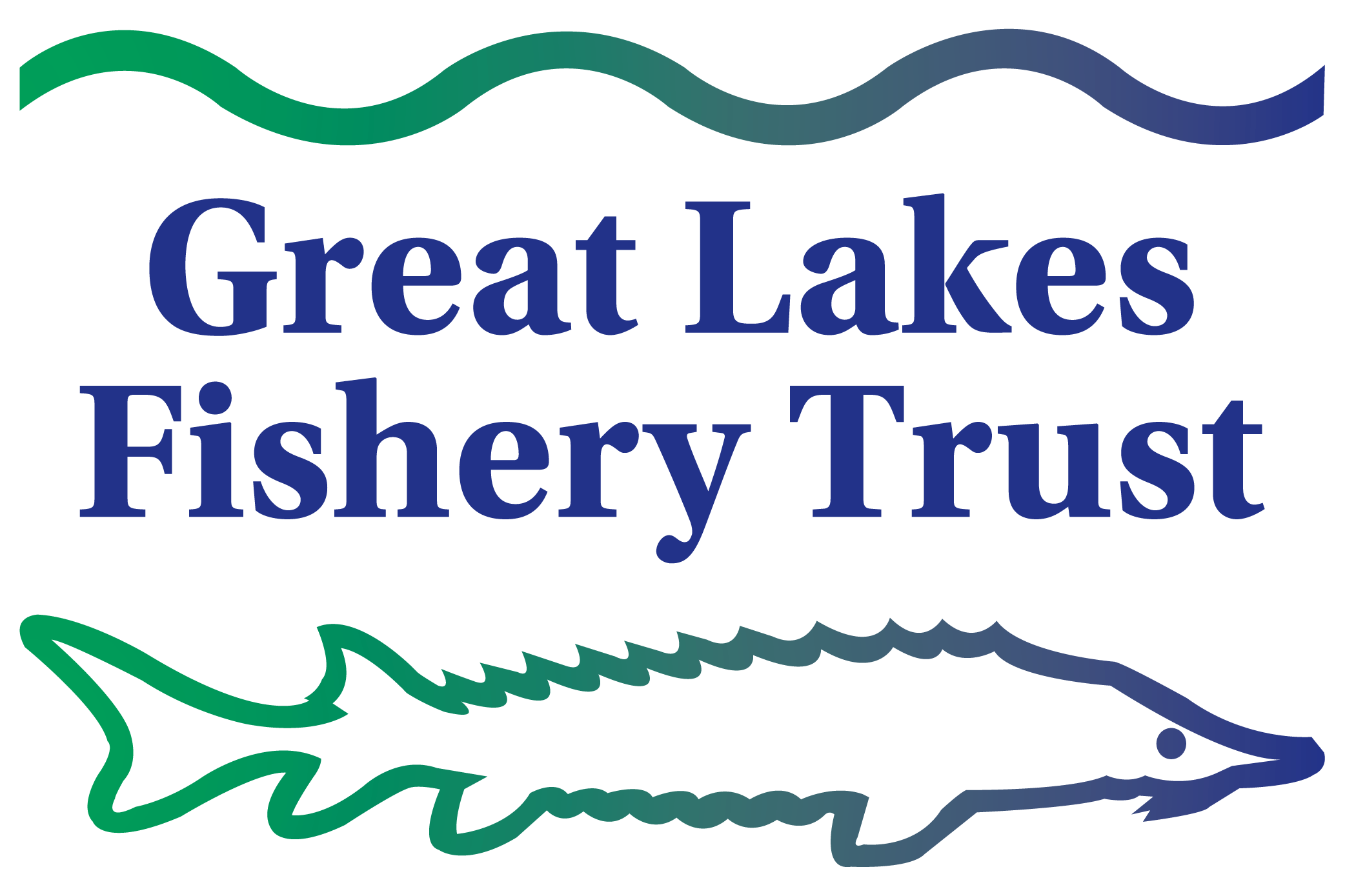The Habitat grant program provides funding to preserve essential habitat; protect, restore, and stabilize important fish habitats; and increase habitat availability. The GLFT pursues these efforts through investments in specific places with a degraded or vulnerable habitat, connectivity enhancements, and use of decision-support tools that suggest optimal strategies for investing in habitat. The RFP is planned for release annually in the winter.
The GLFT prioritizes its investments in capital projects such as fish passage, dam removal, and land acquisition to projects where the habitat opportunity is prime, other funders are contributing, long-term management is assured, and the proposed project has the strongest community support and interest.

